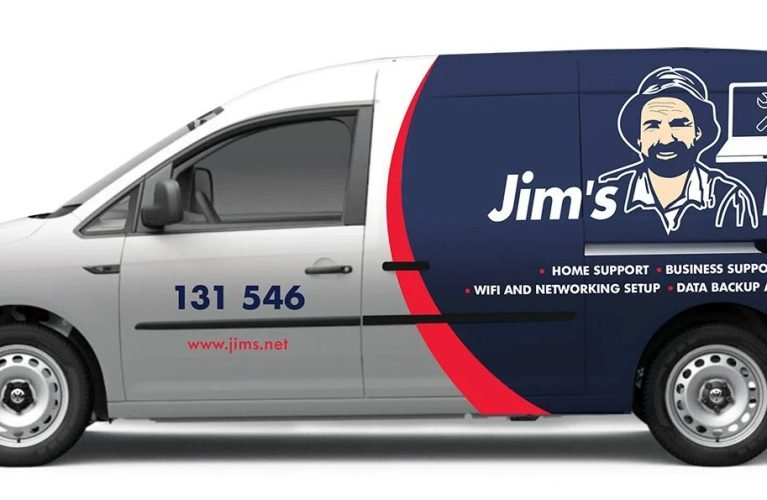Introduction:
In the rapidly evolving world of retail, innovation continues to play a crucial role in enhancing customer experiences and streamlining operations. One such innovation that has gained significant traction is the use of Digital Shelf Labels (DSLs). These electronic price tags have transformed the traditional paper-based pricing system into a dynamic, efficient, and customer-centric approach. In this article, we will explore how Digital Shelf Labels are revolutionizing the retail landscape and benefiting both retailers and consumers.
What are Digital Shelf Labels?
Digital Shelf Labels, also known as Electronic Shelf Labels (ESLs), are digital displays attached to store shelves that replace traditional paper price tags. These labels are connected to a centralized system, enabling retailers to update pricing and product information in real-time across their entire store or chain of stores.
How Digital Shelf Labels Work:
DSLs are powered by wireless technology, typically using radio frequency (RF) or more advanced systems like Bluetooth Low Energy (BLE) or Near Field Communication (NFC). Retailers can remotely manage and update the information displayed on the labels through a central software interface. Changes to prices, promotions, or product details can be executed instantly and accurately, eliminating the need for manual price changes and reducing human errors.
Advantages of Digital Shelf Labels:
3.1. Real-Time Pricing Updates: DSLs enable retailers to respond swiftly to market changes and implement dynamic pricing strategies. Whether it’s adjusting prices during promotions or matching competitors’ prices in real-time, DSLs provide the agility needed to stay competitive.
3.2. Enhanced Customer Experience: With clear, up-to-date product information and pricing, DSLs empower customers to make informed decisions quickly. This transparency builds trust and loyalty among shoppers, leading to improved customer satisfaction.
3.3. Time and Cost Savings: By automating the price update process, retailers save considerable time and resources that would have been otherwise spent on manual price tag changes. This efficiency allows store staff to focus on other essential tasks, enhancing overall productivity.
3.4. Reduced Pricing Errors: Manual price tag updates can lead to pricing discrepancies, causing frustration among customers and potential revenue losses for retailers. DSLs virtually eliminate pricing errors, ensuring accuracy and consistency throughout the store.
3.5. Flexible Promotions: DSLs enable retailers to run targeted promotions and flash sales with ease. The ability to change prices instantly allows for swift implementation and the creation of a sense of urgency, driving more spontaneous purchases.
3.6. Analytics and Data Insights: The centralized system behind DSLs gathers valuable data on customer behavior, popular products, and pricing trends. Retailers can use this data to make informed decisions about inventory management, pricing strategies, and customer engagement.
Integration with E-commerce:
In the era of omnichannel retail, DSLs play a pivotal role in bridging the gap between physical stores and e-commerce platforms. Many retailers integrate DSLs with their online stores, ensuring price consistency and real-time updates across both channels. This seamless integration provides customers with a unified shopping experience, whether they’re browsing products online or in-store.
Sustainability and Eco-Friendliness:
digital shelf tags contribute to sustainability efforts in the retail industry. By eliminating the need for paper price tags and reducing waste, DSLs have a positive impact on the environment. Moreover, the longevity and durability of electronic price tags mean fewer replacements, further reducing waste generation.
Conclusion:
Digital Shelf Labels have emerged as a game-changer in the retail sector, offering numerous benefits to both retailers and consumers. With real-time pricing updates, enhanced customer experiences, time and cost savings, reduced errors, and valuable data insights, DSLs are revolutionizing the way retailers manage their stores. Additionally, the integration of DSLs with e-commerce platforms creates a cohesive shopping experience for customers, ensuring price consistency and information accuracy across different channels. As sustainability becomes an increasingly important aspect of business practices, the eco-friendly nature of DSLs further enhances their appeal in the retail world. As the retail landscape continues to evolve, Digital Shelf Labels are likely to play an even more significant role in shaping the future of shopping and retail management.










